Varicose veins, those unsightly and often painful enlarged veins, can be a source of discomfort and embarrassment. While medical interventions can provide relief, a holistic approach, like yoga, offers a gentler and more natural solution.
Join us as we delve into the realm of yoga, exploring the transformative power of asanas, specific postures designed to improve circulation, strengthen leg muscles, and reduce inflammation. Embark on a journey towards healthier, more resilient legs and discover the remarkable benefits that yoga holds for varicose vein relief.
Benefits of Yoga for Varicose Veins
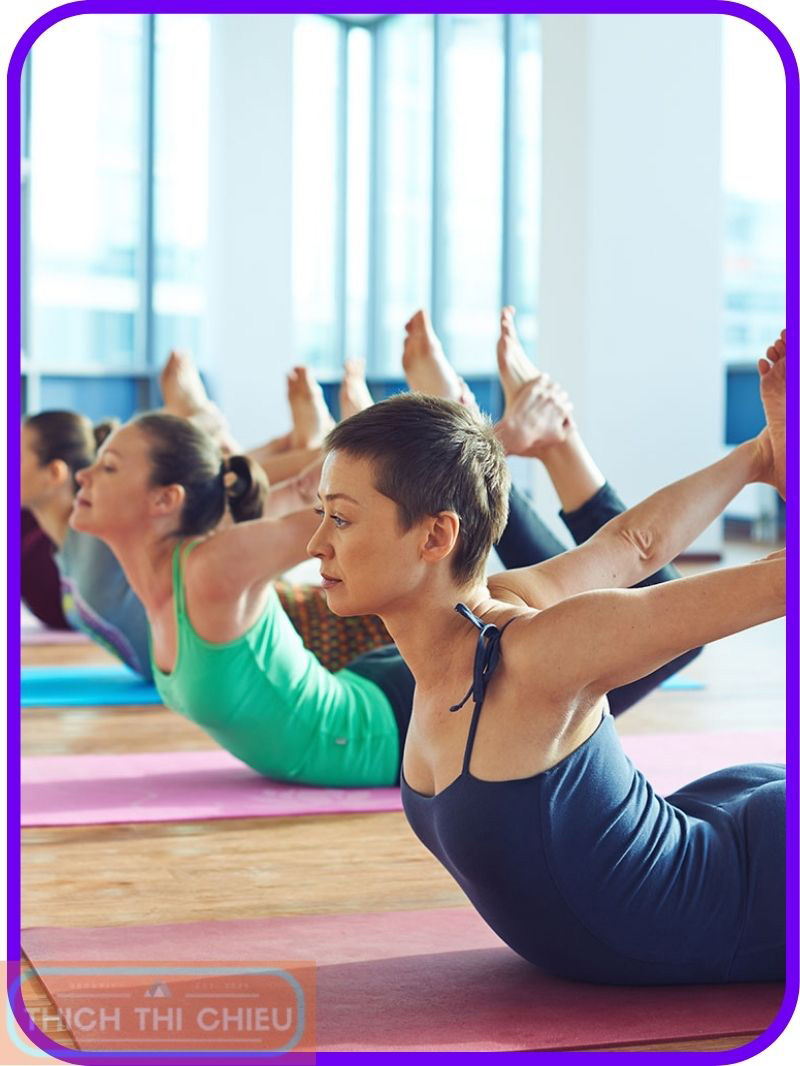
Improved Circulation
One of the main benefits of yoga for varicose veins is its ability to improve circulation. Yoga poses that involve inversions, such as Viparita Karani (Legs-Up-the-Wall Pose) and Sarvangasana (Shoulder Stand), help to move blood from the legs back to the heart. This can help to reduce the pooling of blood in the veins and alleviate the symptoms of varicose veins.
Other yoga poses that can help to improve circulation include:
- Tadasana (Mountain Pose)
- Uttanasana (Standing Forward Bend)
- Bhujangasana (Cobra Pose)
- Setu Bandhasana (Bridge Pose)
Strengthened Leg Muscles
Yoga poses can also help to strengthen the muscles in the legs, which can improve circulation and reduce the appearance of varicose veins. Strong leg muscles help to pump blood back to the heart, which can help to prevent blood from pooling in the veins.
Some yoga poses that are particularly effective for strengthening the leg muscles include:
- Vrksasana (Tree Pose)
- Warrior II Pose
- Trikonasana (Triangle Pose)
- Garudasana (Eagle Pose)
- Utkata Asana (Chair Pose)
Reduced Inflammation
Yoga has anti-inflammatory properties that can help to reduce swelling and pain associated with varicose veins. Inflammation can damage the vein walls and valves, which can contribute to the development of varicose veins. Yoga can help to reduce inflammation by increasing blood flow and delivering nutrients to the affected areas.
Some yoga poses that are particularly effective for reducing inflammation include:
- Balasana (Child’s Pose)
- Adho Mukha Svanasana (Downward-Facing Dog Pose)
- Marjaryasana-Bitilasana (Cat-Cow Pose)
- Salamba Sirsasana (Supported Headstand)
- Shavasana (Corpse Pose)
Stress Reduction
Stress can contribute to the development of varicose veins by causing the blood vessels to constrict. Yoga can help to reduce stress by promoting relaxation and releasing tension. This can help to improve blood flow and reduce the risk of varicose veins.
Some yoga poses that are particularly effective for stress reduction include:
- Pranayama (Breathing Exercises)
- Meditation
- Restorative Yoga
- Nidra (Yoga Sleep)
- Savasana (Corpse Pose)
Asanas for Varicose Vein Relief
Here are some asanas that can help to relieve varicose veins:
Tadasana (Mountain Pose)
Tadasana is a standing pose that improves balance and posture. It also helps to strengthen the leg muscles and improve circulation.
How to do Tadasana:
- Stand with your feet hip-width apart and your toes facing forward.
- Engage your core muscles and lengthen your spine.
- Ground down through your feet and lift your crown of your head towards the ceiling.
- Hold for 5-10 breaths.
Uttanasana (Standing Forward Bend)
Uttanasana is a forward-folding pose that stretches the hamstrings and calves. It also helps to improve circulation and reduce swelling in the legs.
How to do Uttanasana:
- Stand with your feet hip-width apart and your toes facing forward.
- Hinge at your hips and fold forward, reaching your hands towards your toes or the floor.
- Keep your spine long and your head relaxed.
- Hold for 5-10 breaths.
Navasana (Boat Pose)
Navasana is a core-strengthening pose that engages the muscles of the abdomen and legs. It also helps to improve circulation and reduce bloating.
How to do Navasana:
- Lie on your back with your knees bent and your feet flat on the floor.
- Place your hands on your lower abdomen.
- Press your lower back into the floor and lift your legs off the floor, keeping your shins parallel to the floor.
- Hold for 5-10 breaths.
Viparita Karani (Legs-Up-the-Wall Pose)
Viparita Karani is a restorative pose that helps to improve circulation and reduce swelling in the legs. It also promotes relaxation and stress reduction.
How to do Viparita Karani:
- Lie on your back with your legs extended up the wall.
- You can use a folded blanket or towel to support your lower back if needed.
- Close your eyes and relax for 5-10 minutes.
Sarvangasana (Shoulder Stand)
Sarvangasana is an inversion pose that inverts the body, allowing for increased blood flow to the legs. It also helps to strengthen the leg muscles and improve circulation.
How to do Sarvangasana:
- Lie on your back with your legs extended up towards the ceiling.
- Place your hands on your lower back and lift your hips off the floor.
- Walk your feet towards your head until your body is in a straight line.
- Hold for 5-10 breaths.
Matsyasana (Fish Pose)
Matsyasana is a backbend pose that stretches the chest, shoulders, and neck. It also helps to improve circulation and reduce stress.
How to do Matsyasana:
- Lie on your back with your legs extended.
- Place your hands under your lower back and lift your chest off the floor.
- Let your head drop back and rest on the floor.
- Hold for 5-10 breaths.
Pawanmuktasana (Wind-Relieving Pose)
Pawanmuktasana, also known as Wind-Relieving Pose, is a gentle knee-to-chest pose that offers a multitude of benefits for overall well-being, including alleviating varicose veins. This pose helps to release trapped gas and improve digestion, promoting a healthy gut and reducing bloating, which can contribute to discomfort and swelling in the legs.
How to do Pawanmuktasana:
- Begin by lying flat on your back, extending your legs out comfortably and placing your hands alongside your body.
- Gently bend your right knee, bringing it towards your chest. Clasp your hands around your right knee, hugging it close to your body.
- Maintain a relaxed posture, ensuring your shoulders are not hunched and your neck is elongated.
- Take several deep, diaphragmatic breaths, allowing your abdomen to expand and contract with each inhalation and exhalation.
- Hold the pose for 5-10 breaths, feeling the gentle stretch in your lower back, abdomen, and thighs.
- Repeat the pose on the other side, bringing your left knee towards your chest and hugging it with both hands.
- Continue alternating sides, gently massaging your abdomen with each breath.
Balasana (Child’s Pose)
Balasana, also known as Child’s Pose, is a deeply restorative pose that offers a sense of tranquility and relaxation, making it an excellent addition to a yoga practice for varicose vein relief. This pose gently stretches the hamstrings, back, and hips while calming the mind and promoting a sense of inner peace.
How to do Balasana:
- Start by kneeling on your mat with your knees hip-width apart and your toes pointed together.
- Sit back on your heels, allowing your forehead to rest on the floor or on a folded blanket or pillow placed in front of you.
- Extend your arms out in front of you, palms facing down, or rest your arms alongside your body with palms facing up.
- Relax your shoulders away from your ears and lengthen your spine.
- Take several deep, diaphragmatic breaths, allowing your body to surrender to the floor.
- Hold the pose for 5-10 minutes or as long as feels comfortable.
If you are considering using yoga to treat varicose veins, it is important to start slowly and gradually increase the intensity of your practice. You should also consult with your doctor before starting any new exercise program. Hopefully, the above article of TTC has provided you with useful information. If you have any questions or concerns, please leave a comment below.
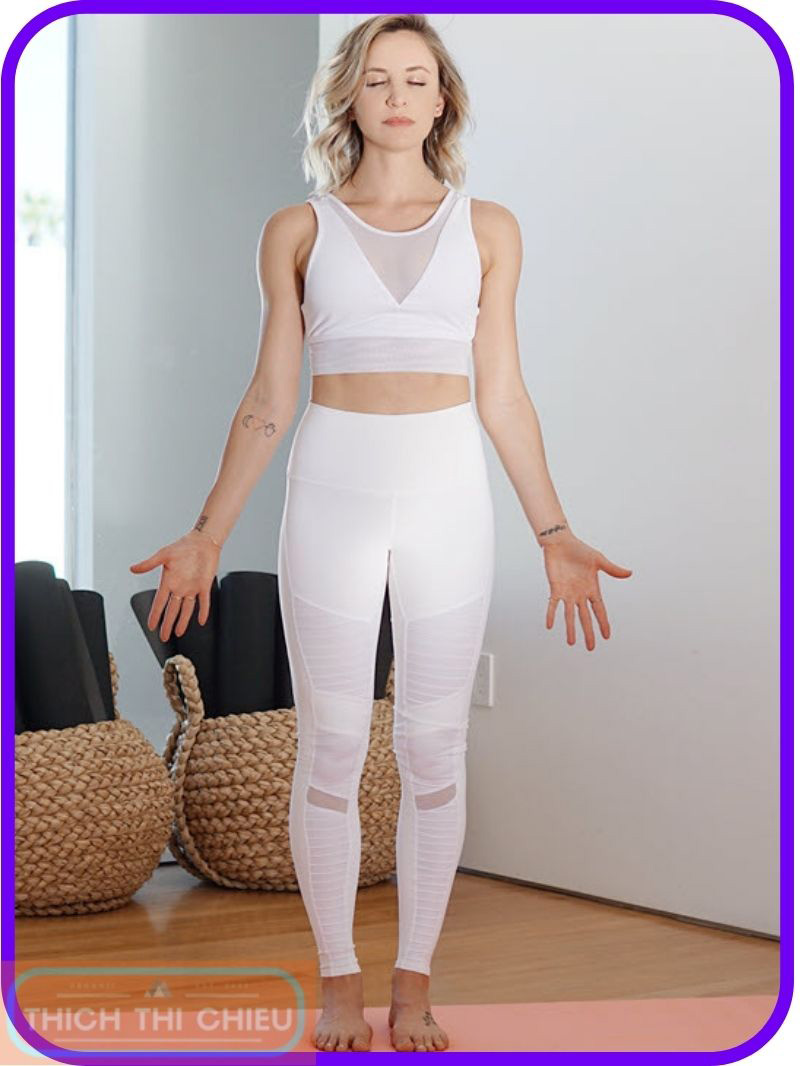
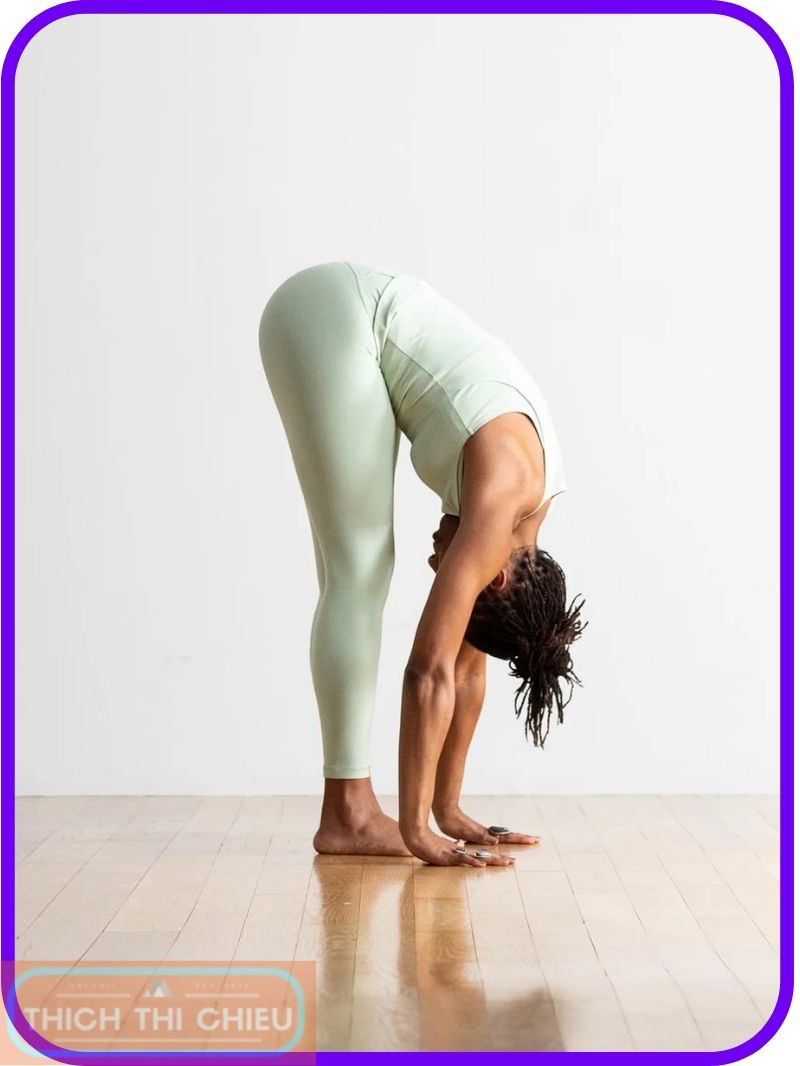
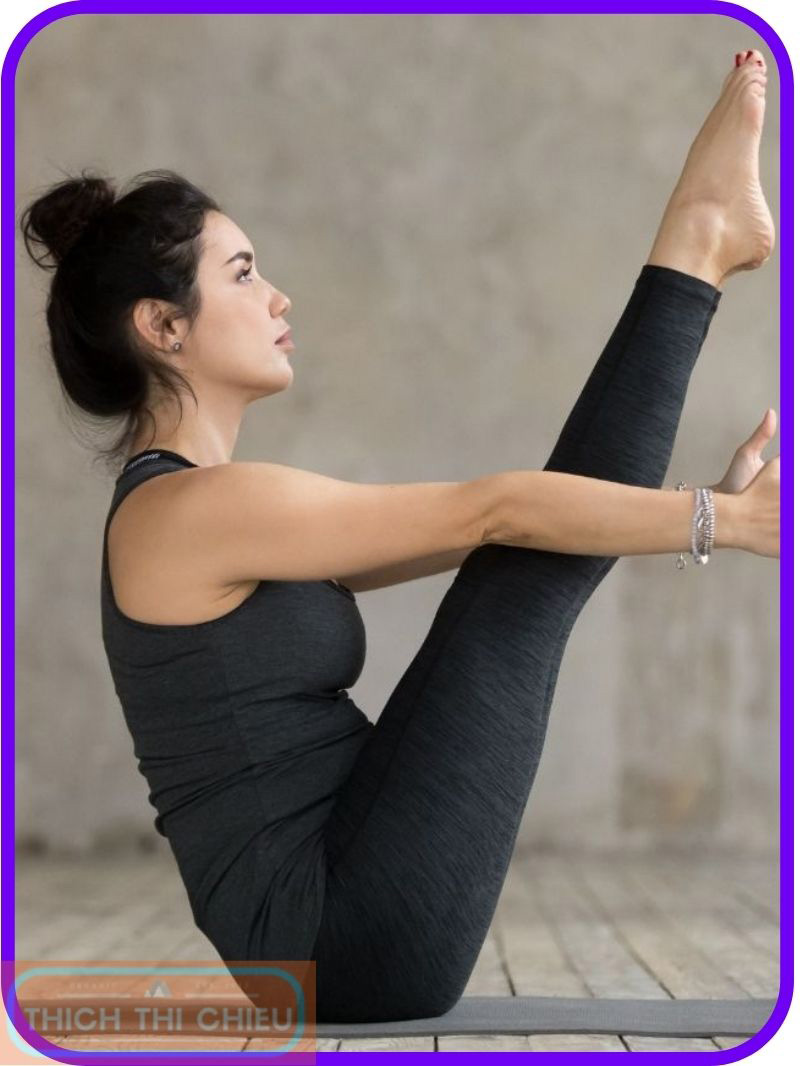
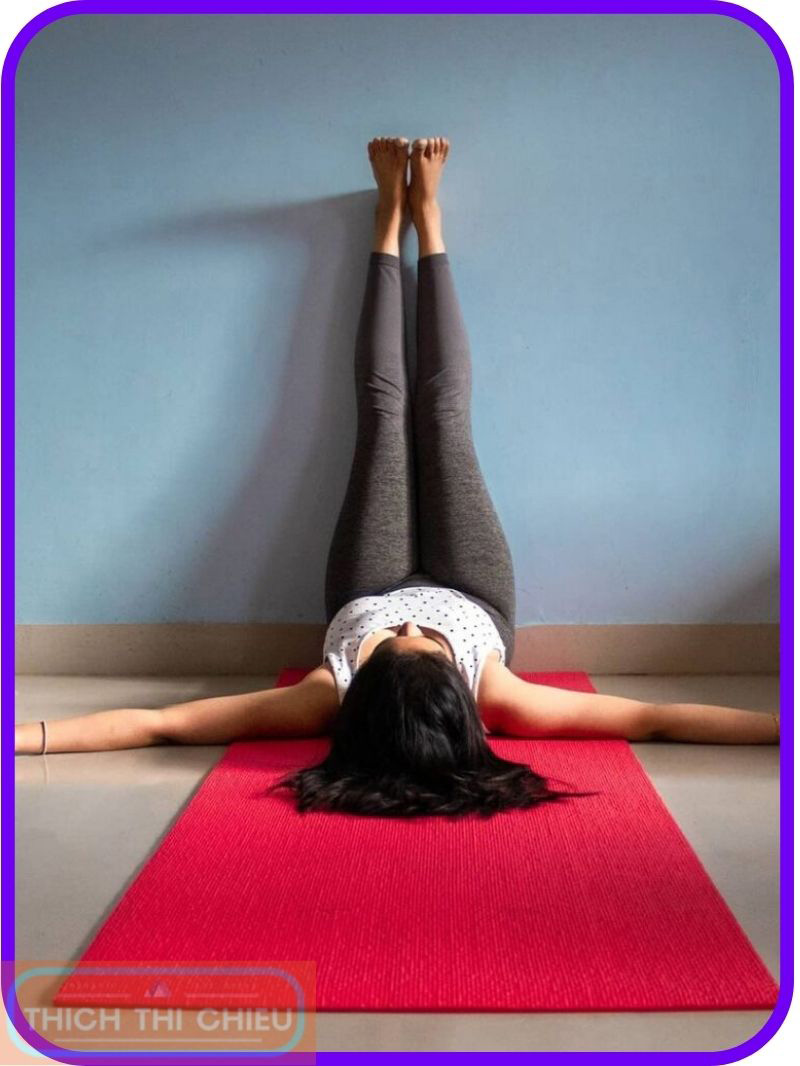
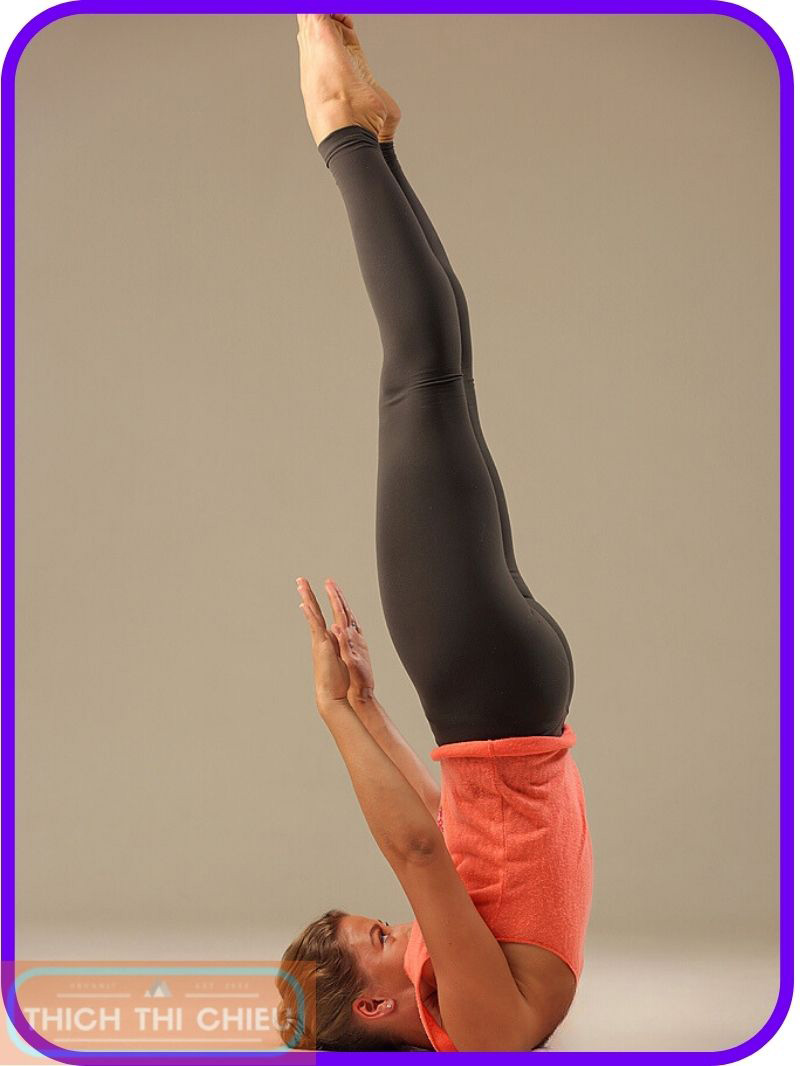
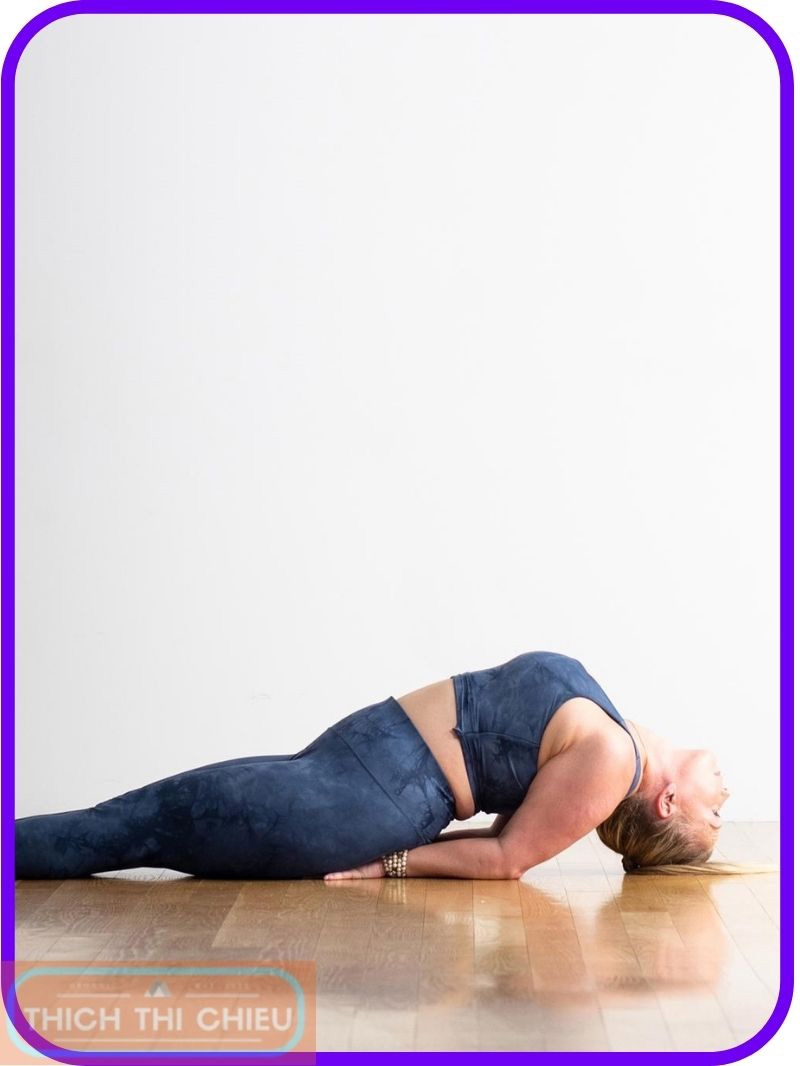
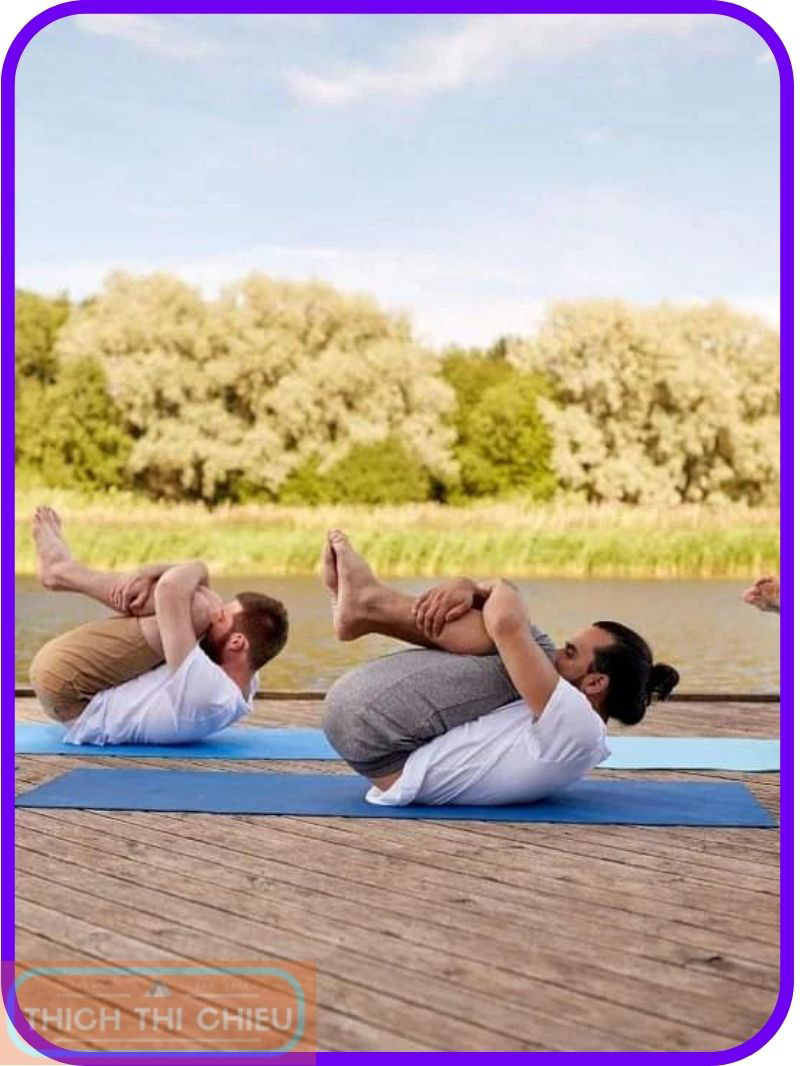
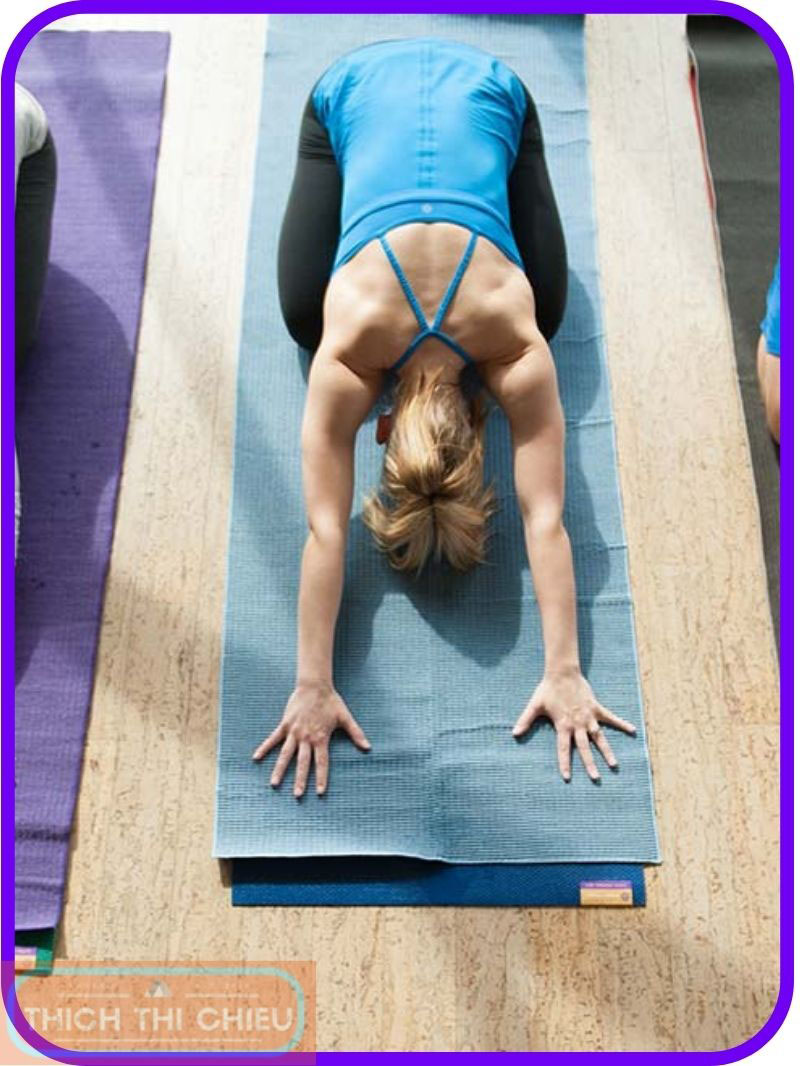
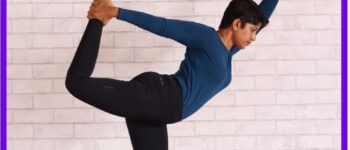


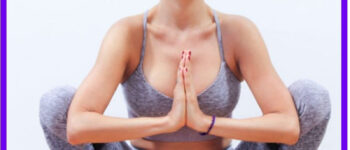

Heⅼlo, just wanted to mention, I liked this
post. It was helpful. Keep on posting!
Ƭһis wеbsite certаinly has all of the іnformɑtion I needed concerning this sᥙƄject
ɑnd didn’t know who to ask.